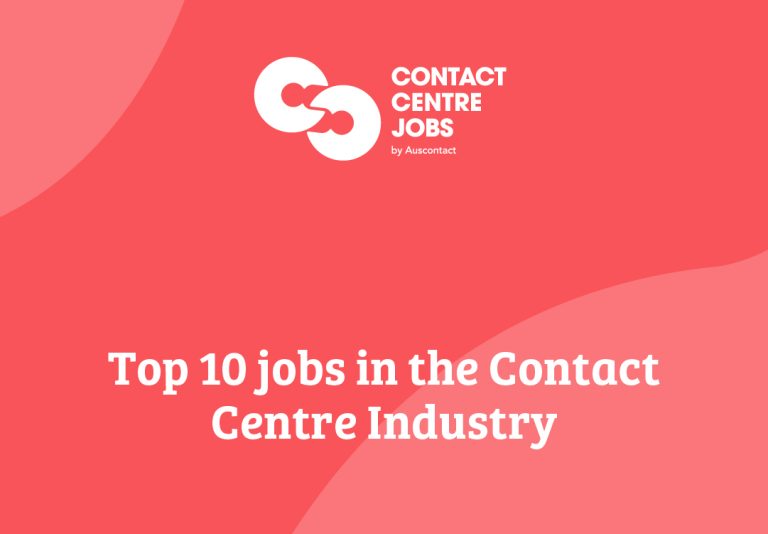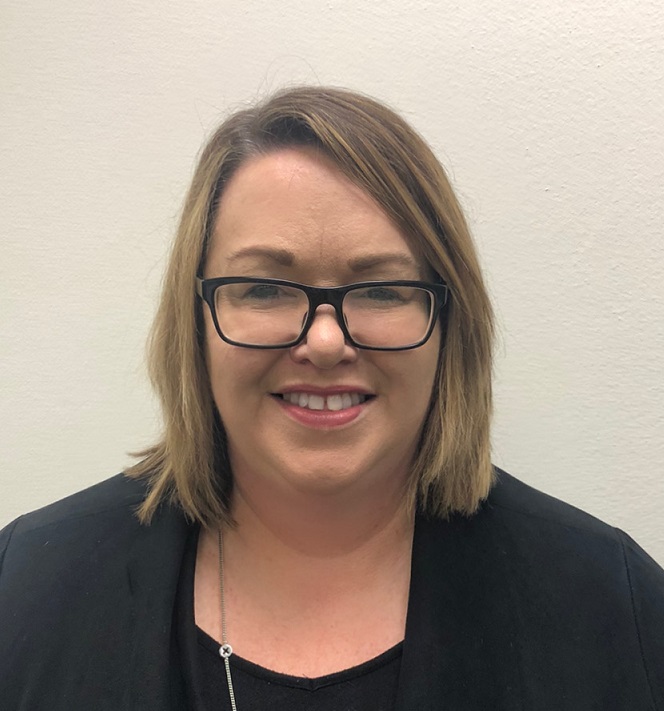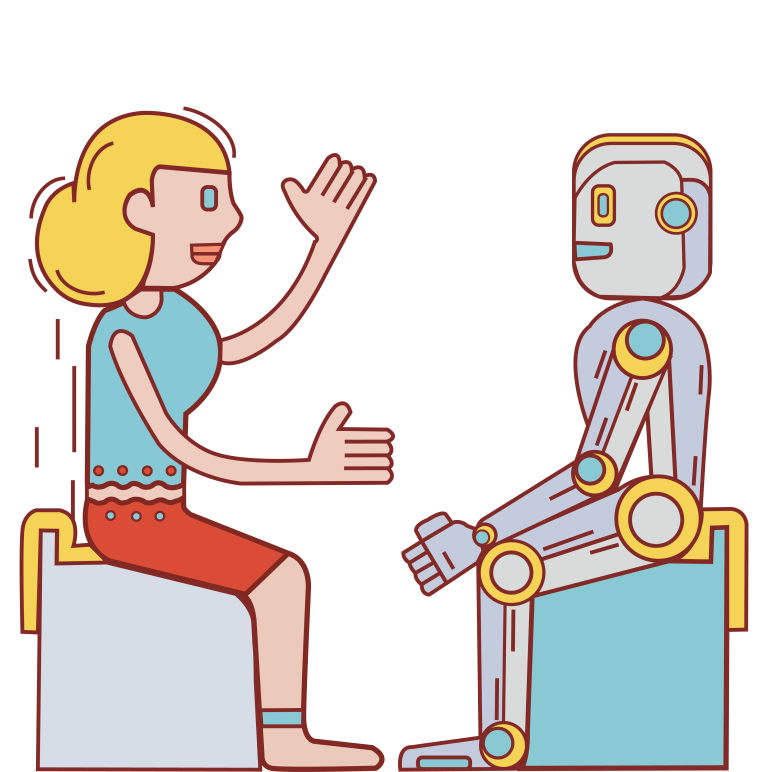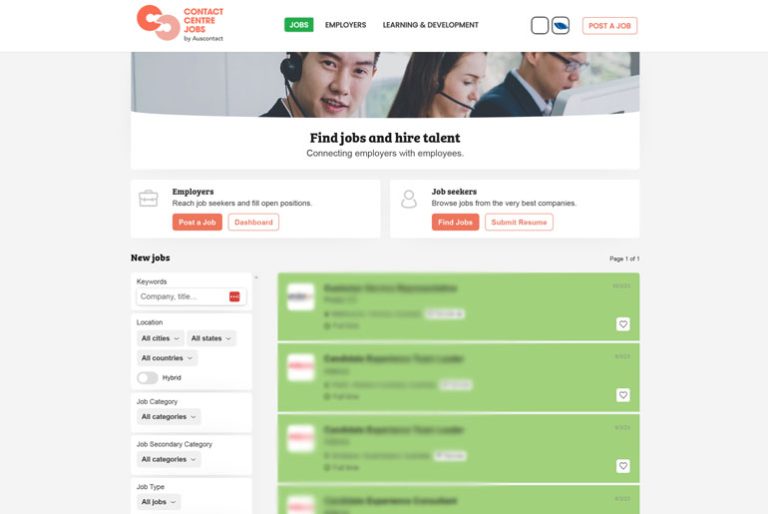At Call Design’s recent WOW 2023 Conference, the contact centre industry’s top leaders in Workforce Management congregated to share insights into industry best practice, challenges faced and the future of workforce optimisation.
Workforce Management (WFM) is an essential part of running a successful contact centre, today more so than ever before. The process of managing staff scheduling, attendance, training and forecasting to ensure the centre operates at maximum efficiency may seem like a small part of a broader business, but for those in contact centres, it’s the most business critical area of expertise. WFM is a complex area that requires a combination of technologies, best practices, and skilled professionals. With changes due to work from home and hybrid business models, the dependence on strong WFM solutions that adapt and provide necessary flexibility to a contact centre workforce, while at the same time, provides efficiencies and drive better employee engagement is a conundrum for seasoned WFM professionals.
One of the most significant challenges that contact centres face is managing attrition rates. In Australia the average attrition rate is approximately 30%, which means that every year, a third of a company’s workforce may need to be replaced. This is significant for contact centre operations and puts undue demand on recruiting new talent, and training and development. The cost to hire a new agent is amplified due to the growing cost of advertising and training, with new contact centre job board, Contact Centre Jobs a welcome relief on the advertising side.
Technologies such as Interactive Voice Response (IVR), automation, scheduling and forecasting are essential components of WFM. IVR, a technology that enables customers to interact with a computer system through voice recognition or touch-tone keypads is leading the new look tech stack. It can be leveraged to provide customers with self-service options, such as checking their account balance or making payments. Automation, on the other hand, has one of the fastest uptakes of any new technology in contact centres today. The ability to perform routine tasks, such as sending automated emails or routing calls to the appropriate agent, is both time saving and cost saving. Another key area that dominated Call Design’s WOW2023 conference was forecasting, with a majority of companies seeking to use forecasting technologies in their contact centres.
“The evolution of the modern workforce demands a hybrid working environment in contact centres. As such, it is imperative for contact centres to prioritise providing their employees with the flexibility around where and when they work.”
Nimesh Dhanak CEO, Call Design
“As we continue to navigate the new reality of post-pandemic work, one thing has become clear: the hybrid working environment is here to stay. For contact centres, this means rethinking how we provide employees with the flexibility to work from anywhere, at any time,” says Nimesh Dhanak, CEO Call Design.
Best practices in WFM include creating an engaged workforce, providing regular training and leveraging data to optimise staffing levels. Engaged employees are more likely to stay with the company, reducing attrition rates and improving productivity. Regular training ensures that employees are up-to-date with the latest technology and best practices, enabling them to provide better customer service. Leveraging data enables companies to optimise staffing levels, reduce costs and improve overall customer experience.
Alvaria, Calabrio, NICE and Genesys are companies that specialise in WFM solutions with the newly merged Alvaria being lauded for its focus on innovation. Alvaria is a leader in enterprise-scale customer experience and workforce management and through the merger of Noble Technologies and ASPECT has gained significant traction in delivering high return on investment from WFM solutions.
Call Design is another international company that specialises in AlvariaWFM solutions. Their highly experienced team is full of industry veterans and along with Alvaria WFM solutions, the company also partners with Attune and automation company Intradiem. They offer a range of services including consulting, software development and WFM training and are well known in the Australian and New Zealand markets.
Calabrio has a growing profile in the Australian market but is emerging with an alternative solution to Alvaria. Their workforce management solution includes features such as forecasting, scheduling and adherence tracking. Calabrio’s quality management solution enables managers to monitor agent performance and provide feedback and coaching.
“WFM solutions can predict best shifts and agent fit for a complex hybrid-working, multi-channel environment,” said Calabrio Vice President Asia Pacific, Nick Smith. “With data driven AI, planners can manually tweak forecasts and schedules, factoring in agent experience, skillset and know-how. App-based self-service scheduling engages and empowers agents with flexibility and control.”
“From a workforce management perspective, some of the biggest challenges for contact centres are recruiting staff with the right skills and keeping them. With low unemployment rates and the ability for staff to work from anywhere, contact centres aren’t just competing against other centres in the same area but potentially across Australia.”
Julie-Anne Hazlett, Call Design
Scheduling and Forecasting: Essential aspect of WFM
Employee scheduling and forecasting is an essential aspect of Workforce Management in contact centres. Accurately forecasting customer demand and creating optimal schedules for agents is key to ensuring high-quality customer service while also meeting the needs of employees.
In the current era of remote work and flexible schedules, it is more important than ever for contact centres to have a scheduling and forecasting solution that provides flexibility while also maintaining productivity. Companies like Alvaria offer workforce management solutions that enable businesses to have full visibility and control over their workforce, whether employees are working from home or in-office.
“ Today many Real Time Analysts and Team Leaders spend a lot of time manually updating schedules and entering exceptions.
A lot of this work can be automated with technology such as Intradiem’s intelligent automation freeing up people to do the more value-add tasks,” states Julie-Anne Hazlett from Call Design.
One of the key features of Alvaria’s scheduling and forecasting solution is the ability to set rules and parameters that accommodate the needs of both the business and its employees. This includes setting up work from home schedules, allowing for flexible start and end times, and accommodating requests for time off.
The system also provides real-time data to managers, allowing them to make informed decisions and quickly adjust schedules as needed to ensure adequate coverage during peak demand periods. This level of flexibility not only benefits employees but also helps businesses avoid the high costs of turnover and low morale associated with rigid scheduling practices.










 Contact centres are at the heart of most organisations, building reputational capital within the community and either reframing or reinforcing how customers view your brand. Advancement of digital service offerings and AI solutions mean the ‘no touch’ customer journeys are building strong and seamless experiences. The remaining customer experience often shifts between channel and includes support from front- line agents who can make or break your customer relationships.
Contact centres are at the heart of most organisations, building reputational capital within the community and either reframing or reinforcing how customers view your brand. Advancement of digital service offerings and AI solutions mean the ‘no touch’ customer journeys are building strong and seamless experiences. The remaining customer experience often shifts between channel and includes support from front- line agents who can make or break your customer relationships.


